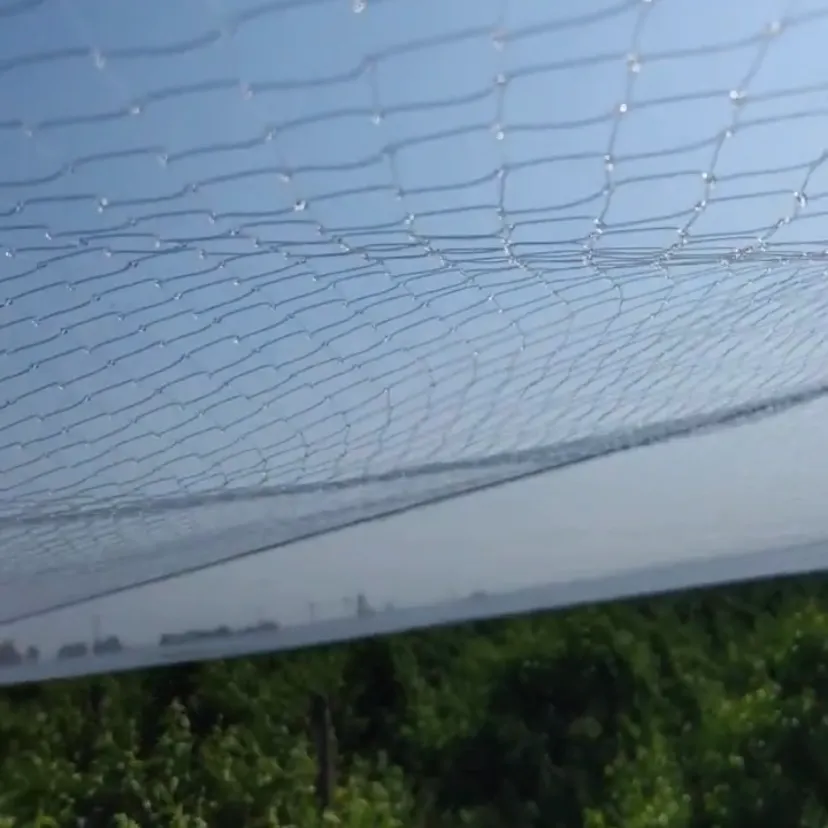-
 Afrikaans
Afrikaans -
 Albanian
Albanian -
 Amharic
Amharic -
 Arabic
Arabic -
 Armenian
Armenian -
 Azerbaijani
Azerbaijani -
 Basque
Basque -
 Belarusian
Belarusian -
 Bengali
Bengali -
 Bosnian
Bosnian -
 Bulgarian
Bulgarian -
 Catalan
Catalan -
 Cebuano
Cebuano -
 China
China -
 Corsican
Corsican -
 Croatian
Croatian -
 Czech
Czech -
 Danish
Danish -
 Dutch
Dutch -
 English
English -
 Esperanto
Esperanto -
 Estonian
Estonian -
 Finnish
Finnish -
 French
French -
 Frisian
Frisian -
 Galician
Galician -
 Georgian
Georgian -
 German
German -
 Greek
Greek -
 Gujarati
Gujarati -
 Haitian Creole
Haitian Creole -
 hausa
hausa -
 hawaiian
hawaiian -
 Hebrew
Hebrew -
 Hindi
Hindi -
 Miao
Miao -
 Hungarian
Hungarian -
 Icelandic
Icelandic -
 igbo
igbo -
 Indonesian
Indonesian -
 irish
irish -
 Italian
Italian -
 Japanese
Japanese -
 Javanese
Javanese -
 Kannada
Kannada -
 kazakh
kazakh -
 Khmer
Khmer -
 Rwandese
Rwandese -
 Korean
Korean -
 Kurdish
Kurdish -
 Kyrgyz
Kyrgyz -
 Lao
Lao -
 Latin
Latin -
 Latvian
Latvian -
 Lithuanian
Lithuanian -
 Luxembourgish
Luxembourgish -
 Macedonian
Macedonian -
 Malgashi
Malgashi -
 Malay
Malay -
 Malayalam
Malayalam -
 Maltese
Maltese -
 Maori
Maori -
 Marathi
Marathi -
 Mongolian
Mongolian -
 Myanmar
Myanmar -
 Nepali
Nepali -
 Norwegian
Norwegian -
 Norwegian
Norwegian -
 Occitan
Occitan -
 Pashto
Pashto -
 Persian
Persian -
 Polish
Polish -
 Portuguese
Portuguese -
 Punjabi
Punjabi -
 Romanian
Romanian -
 Russian
Russian -
 Samoan
Samoan -
 Scottish Gaelic
Scottish Gaelic -
 Serbian
Serbian -
 Sesotho
Sesotho -
 Shona
Shona -
 Sindhi
Sindhi -
 Sinhala
Sinhala -
 Slovak
Slovak -
 Slovenian
Slovenian -
 Somali
Somali -
 Spanish
Spanish -
 Sundanese
Sundanese -
 Swahili
Swahili -
 Swedish
Swedish -
 Tagalog
Tagalog -
 Tajik
Tajik -
 Tamil
Tamil -
 Tatar
Tatar -
 Telugu
Telugu -
 Thai
Thai -
 Turkish
Turkish -
 Turkmen
Turkmen -
 Ukrainian
Ukrainian -
 Urdu
Urdu -
 Uighur
Uighur -
 Uzbek
Uzbek -
 Vietnamese
Vietnamese -
 Welsh
Welsh -
 Bantu
Bantu -
 Yiddish
Yiddish -
 Yoruba
Yoruba -
 Zulu
Zulu
scaffold safety netting
The Importance of Scaffold Safety Netting in Construction
Construction sites are inherently dangerous environments, with numerous hazards that pose risks to the safety of workers and the general public. Among these hazards, falls are one of the most significant concerns. According to the Occupational Safety and Health Administration (OSHA), falls account for a substantial number of injuries and fatalities in the construction industry. To mitigate these risks, various safety measures are implemented, one of which is scaffold safety netting.
Scaffold safety netting serves as a critical protective barrier in construction operations. It is typically installed around scaffolding structures to catch falling objects, tools, and, in some cases, workers themselves. This innovative safety solution is designed to prevent injuries and fatalities caused by falls from heights, which are notoriously difficult to control. By utilizing safety netting, construction companies not only comply with safety regulations but also create a safer working environment for their employees.
One of the primary benefits of scaffold safety netting is its ability to protect workers at various levels of a scaffold. Whether a worker is at the top of a high-rise project or on lower scaffolding, the netting effectively captures any falling debris, thereby reducing the likelihood of accidents. This is particularly important in construction, where the use of heavy tools and materials is common. For instance, if a worker accidentally drops a hammer or a piece of equipment, the safety netting will prevent it from falling to the ground, significantly reducing the risk of injury to below workers or bystanders.
scaffold safety netting

Moreover, scaffold safety netting is invaluable during adverse weather conditions. High winds, rain, or even snow can make working on scaffolding treacherous. The netting acts as a windbreak and can help stabilize equipment and tools, reducing the risk of items being swept off the structure. In this way, safety netting plays a dual role in protecting workers and maintaining the integrity of the worksite, promoting a culture of safety in the construction industry.
Installation of scaffold safety netting is another aspect worthy of consideration. The netting is typically made of durable materials, such as polyethylene or nylon, ensuring that it can withstand the rigors of construction work. It is essential that the netting is installed by trained professionals who understand the specific safety requirements and the characteristics of the construction site. Proper installation is vital; if not secured correctly, the netting may not perform effectively, defeating its purpose. Regular inspections are also necessary to ensure that the netting remains intact and functional throughout the duration of the project.
Employers bear a significant responsibility when it comes to safety on construction sites. Investing in scaffold safety netting is an essential part of creating a safety-first culture. It demonstrates a commitment to worker safety and adherence to regulatory requirements, which can enhance the reputation of a construction company. Additionally, by minimizing the risk of accidents, companies can avoid costly lawsuits, workers’ compensation claims, and project delays that can arise from workplace injuries.
In conclusion, scaffold safety netting is a vital component of safety protocols in the construction industry. It not only protects workers from falling objects and potential falls but also contributes to creating a safer overall working environment. As construction projects continue to rise in scale and complexity, the role of scaffold safety netting becomes even more paramount. By prioritizing safety measures like netting, employers can foster a culture of safety, ensuring that all workers return home unharmed at the end of the day. Investing in such protective solutions is not just a regulatory obligation but a moral imperative in the construction industry.
-
Shipping Plastic Bags for Every NeedNewsJul.24,2025
-
Safety Netting: Your Shield in ConstructionNewsJul.24,2025
-
Plastic Mesh Netting for Everyday UseNewsJul.24,2025
-
Nylon Netting for Every UseNewsJul.24,2025
-
Mesh Breeder Box for Fish TanksNewsJul.24,2025
-
Expanded Steel Mesh Offers Durable VersatilityNewsJul.24,2025











